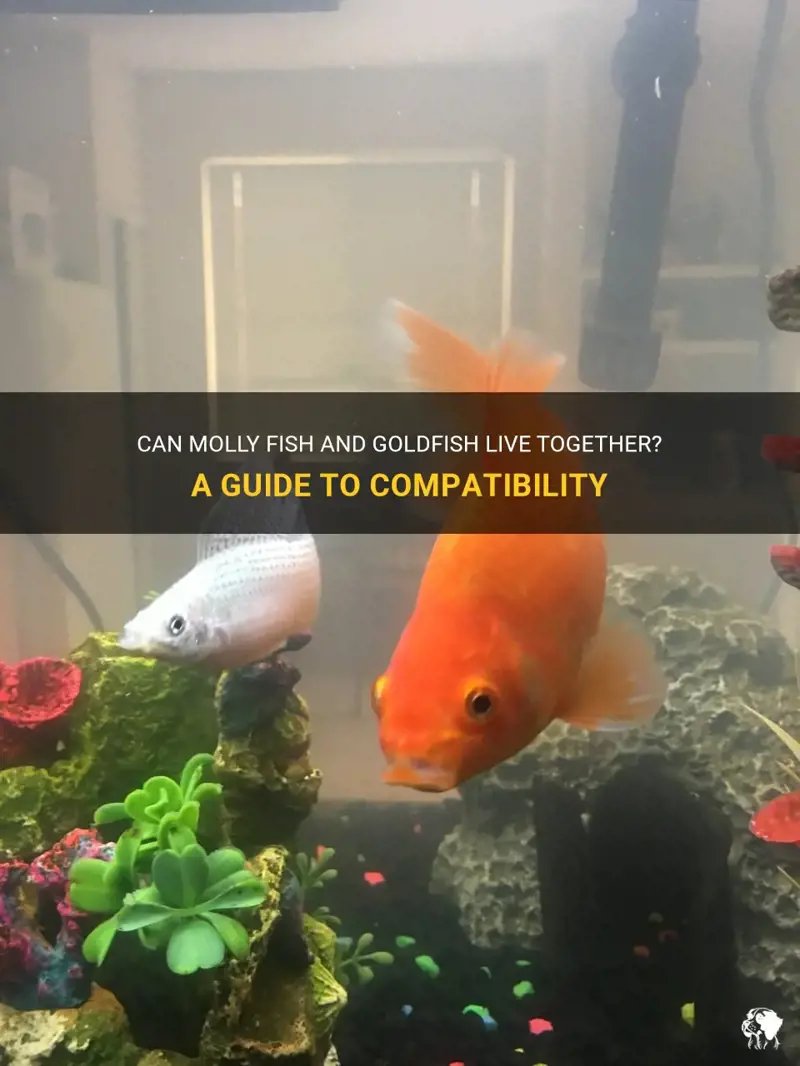
Mollies are charming little fish with a lively demeanor and come in various colors and patterns. They’re a favorite for many aquarium enthusiasts, especially beginners. But before you go ahead and add them to your community tank, it’s crucial to understand their social needs and how they interact with other species. Think of it like throwing a party; you want to invite the right crowd to keep the atmosphere friendly and enjoyable for everyone.
Understanding Molly Fish Behavior
Mollies are generally known for their friendly and peaceful nature, but they do have their quirks. They thrive in groups and often feel more secure when surrounded by their own kind. Imagine you’re at a gathering where everyone is friendly, but you’re the only one who doesn’t know anyone—awkward, right? That’s how mollies can feel if they’re alone.
Here’s the thing: while mollies are sociable, they can also establish a bit of a pecking order. Male mollies, especially, might show territorial behavior, especially during mating rituals. It’s essential to have a good balance between males and females to prevent any overly aggressive behavior. A ratio of one male to two or three females is typically recommended to keep things smooth sailing.
Another factor to consider is that mollies thrive in slightly brackish water. This means they can adapt to freshwater conditions but do best in a mix of both fresh and saltwater. This adaptability allows them to coexist with various fish, but it also means you need to be cautious about the specific types of fish you choose as tank mates.
Best Fish Companions for Mollies
Now that you have a better understanding of how mollies behave, let’s chat about the best fish companions for them. Finding suitable roommates is half the battle in keeping an aquarium peaceful and harmonious. Here are some excellent options:
- Platies: These colorful little fish share similar water and dietary needs with mollies, making them ideal buddies.
- Guppies: Guppies are friendly, lively, and often found in the same types of environments as mollies, so they usually get along well.
- Corydoras Catfish: These bottom-dwellers are peaceful and tend to avoid interacting too aggressively with other fish, including mollies.
- Neon Tetras: With their bright colors, neon tetras can add a splash of vibrancy while being peaceful enough not to bother your mollies.
As you consider tank mates, it’s crucial to keep in mind the size and temperament of the fish. A good rule of thumb is to choose fish that are similar in size and temperament to mollies to keep conflicts to a minimum.
Fish to Avoid with Mollies
While there are many fish that can happily swim alongside mollies, some species might not be as friendly. Just like you wouldn’t want to mix oil and water, certain fish and mollies simply don’t mesh. Here are some fish to steer clear of:
- Betta Fish: Male bettas are notorious for their aggressive nature and may see mollies as rivals.
- Goldfish: Goldfish require cooler temperatures and different diets, making them poor companions for tropical mollies.
- Cichlids: Many cichlid species can be aggressive and territorial, which might make them a terrible fit for a peaceful community tank.
- Angelfish: While stunning, angelfish can become aggressive, especially as they mature, and may harass mollies.
When combining different fish, always consider the possible outcomes based on their natural behaviors and needs. It’s better to have a peaceful tank than to deal with stress and aggression among your fish.
Setting Up a Mixed Community Tank
If you’re excited about creating a mixed community tank that includes mollies, there are a few things you should keep in mind during the setup. Creating the right environment is essential for the success of all the fish involved.
First, ensure that your tank is spacious enough. A general guideline is at least 20 gallons for a community tank. This space allows your mollies and their companions to swim freely without feeling cramped. The more space your fish have, the less likely they are to feel stressed or territorial.
Next, pay attention to decorations and plants. Adding plants and hiding spots can help reduce aggression by giving fish places to retreat. Think of it as providing cozy corners in your home where everyone can take a break. Live plants like Java moss or floating plants are great options, as they can also improve water quality.
Lastly, monitor the water parameters closely. Mollies prefer slightly higher pH levels and soft to moderately hard water. Keeping the tank well-oxygenated and performing regular water changes can help maintain a healthy environment where all your fish can thrive.
Feeding Your Community Tank
Feeding a community tank can feel like hosting a buffet—everyone has different tastes! Mollies are omnivores, meaning they enjoy a varied diet of both plant and animal material. They typically thrive on high-quality flakes, pellets, and occasional treats like frozen or live foods.
When feeding your fish, be mindful that different species might have different dietary needs. Here’s how you can cater to everyone:
- Mollies: High-quality flakes or pellets, supplemented with mosses and algae.
- Platies and Guppies: They enjoy similar foods, so you can use the same diet for both.
- Corydoras: They benefit from sinking pellets and soft foods, so consider adding those to the mix.
- Tetras: They thrive on high-quality flakes or small pellets.
By providing a balanced diet, you’ll keep all your fish healthy and happy. Just remember not to overfeed, as uneaten food can lead to poor water quality, which would affect everyone in the tank.
Monitoring Tank Dynamics
After you’ve set up your community tank, it’s essential to monitor the dynamics among the fish continually. Compatibility isn’t a one-time check; it’s an ongoing process.
Watch for signs of stress, such as hiding, faded colors, or excessive fin nipping. If you notice these behaviors, you may need to intervene. Sometimes, separating aggressive fish or rethinking your pairings is necessary to restore harmony.
You might be wondering how often to check in on your fish. Regularly observing your aquarium during feeding times gives you insight into how well everyone gets along. Just like checking in with friends, it’s vital to see how everyone’s doing and ensure there’s no ongoing tension.
If you ever find that certain species aren’t getting along despite your best efforts, don’t hesitate to reevaluate the tank’s composition. There’s no shame in making changes to create a more peaceful environment for your precious fish.
In the world of aquariums, creating a harmonious community tank can feel like an art. Mollies are generally friendly fish, and with the right companions, they can thrive in a peaceful environment. By choosing the right tank mates, setting up a suitable habitat, and keeping an eye on their behavior, you can create a beautiful aquatic community that showcases the best of each species.
Whether you’re welcoming platies or shoals of tetras to your molly tank, remember that each fish has its own personality and needs. With patience and attention, you’ll not only have stunning fish but also a vibrant aquarium that blooms with life and color. Happy fishkeeping!

